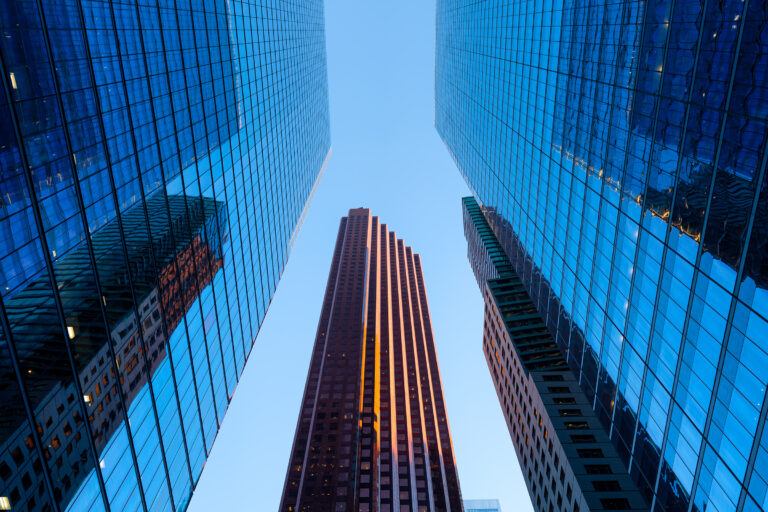From traditional homes in Asia to modern eco-friendly architecture around the world, bamboo’s legacy as a natural construction material continues to grow. Admired for its strength, flexibility, and sustainability, this remarkable plant, often mistaken for a tree, is actually a type of grass – and one of the fastest-growing plants on Earth. Its combination of versatility and environmental benefits makes it a standout material in both ancient and contemporary construction.
A Brief History of Bamboo in Construction
The use of bamboo in construction dates back thousands of years. In China, bamboo was used to create intricate frameworks for traditional pagodas and pavilions. In Japan, it became a central feature of teahouses and garden structures, valued for its natural beauty and harmonious connection to nature. Across Southeast Asia, bamboo houses and huts were common because the material was readily available, easy to work with, and could withstand earthquakes and heavy winds better than rigid materials.
Bamboo’s appeal wasn’t limited to Asia. In South America, indigenous cultures have long used species such as Guadua angustifolia, a type of giant bamboo native to Colombia and Ecuador, to build homes, schools, and bridges. The material’s durability and resistance to certain pests made it a practical and sustainable choice in tropical climates.
Bamboo in Modern Construction
Modern engineers have rediscovered bamboo’s impressive mechanical properties. Despite its lightweight nature, bamboo has an exceptional tensile strength of up to 28,000 pounds per square inch, rivaling steel. It can also bend without breaking, allowing structures to flex under pressure, making it ideal for areas prone to earthquakes or strong winds. Another major advantage of bamboo is its rapid renewability. While hardwood trees can take decades to mature, bamboo reaches full growth in as little as three to five years. Its extensive root system allows it to regenerate quickly without the need for replanting, helping prevent soil erosion and sequestering carbon along the way.
Today, bamboo is gaining renewed attention in sustainable construction, with architects and builders incorporating engineered bamboo products, such as laminated bamboo panels, flooring, and structural beams, into modern designs. These innovations make bamboo easier to standardize and integrate into contemporary building codes. Notable examples include eco-resorts, pavilions, and even large-scale public buildings designed using bamboo as a primary structural material. Its aesthetic appeal, with a warm natural grain and distinctive texture, adds visual interest to interiors and exteriors alike.
A Material with a Future
Bamboo’s history as a construction material is a testament to the power of natural resources when used wisely. As the construction industry seeks more sustainable solutions, bamboo stands out as a renewable, durable, and beautiful option. From ancient temples to cutting-edge architecture, bamboo continues to prove that strength and sustainability can go hand in hand, making it not just a material of the past, but one of the most promising building materials for the future.
Looking for a team to take the lead on your next project? At Pulse Construction, we’re committed to doing business with an honest, professional, and competitive approach – without compromising safety or schedules. Contact us today for all of your building needs.



